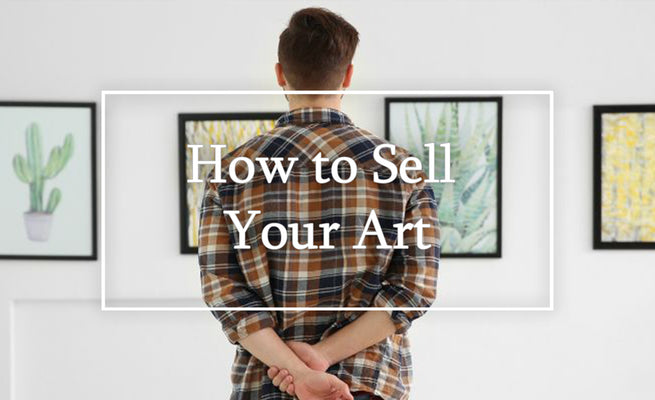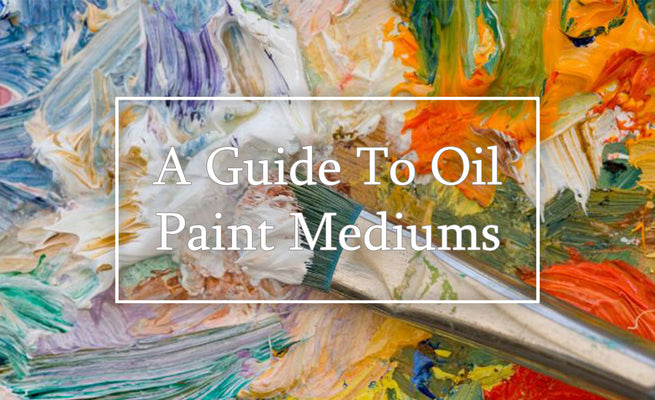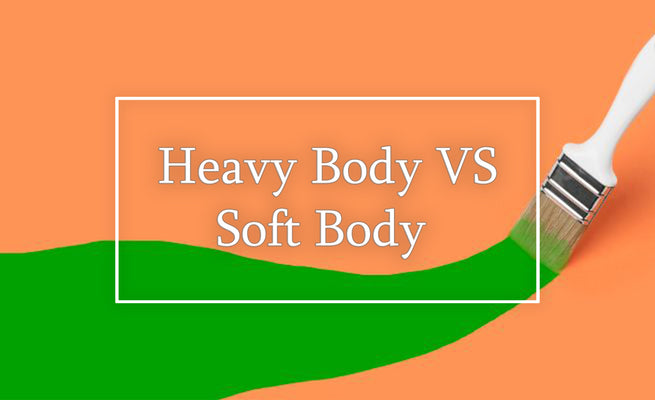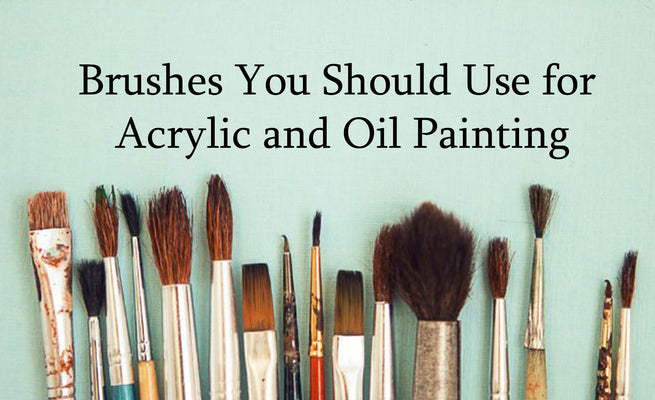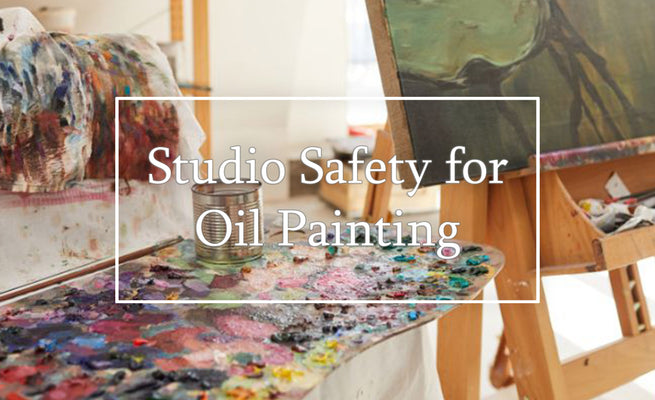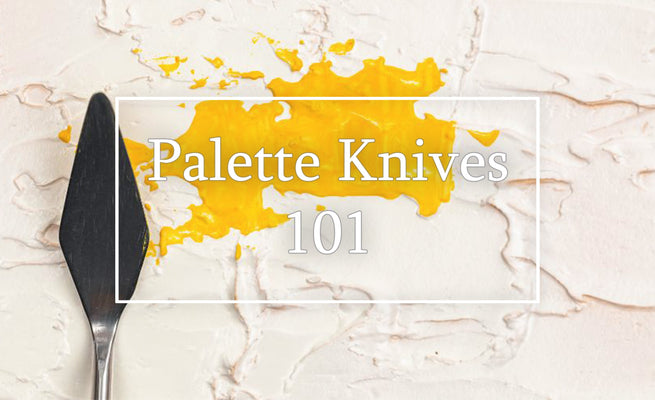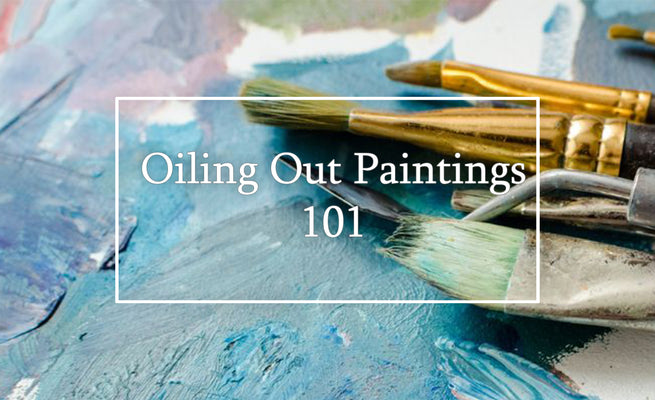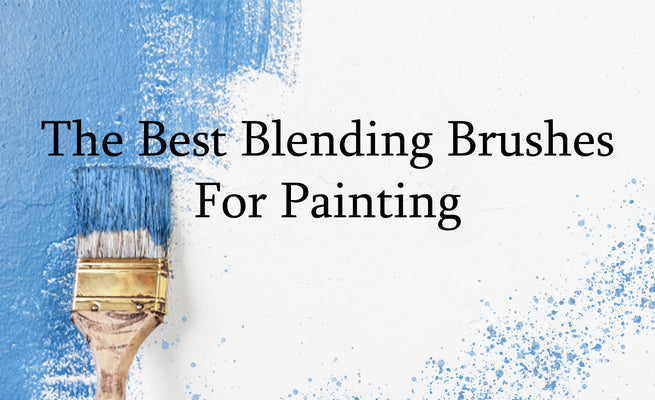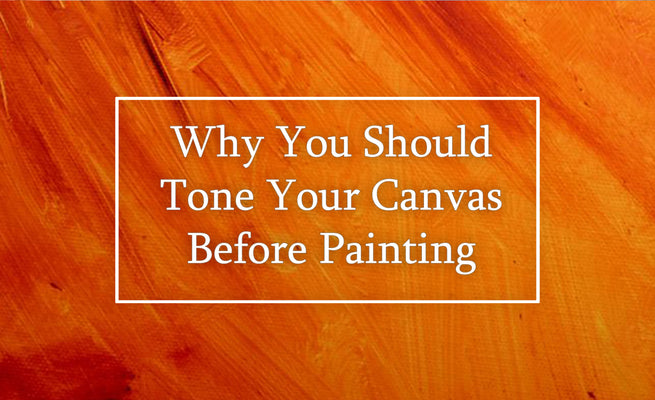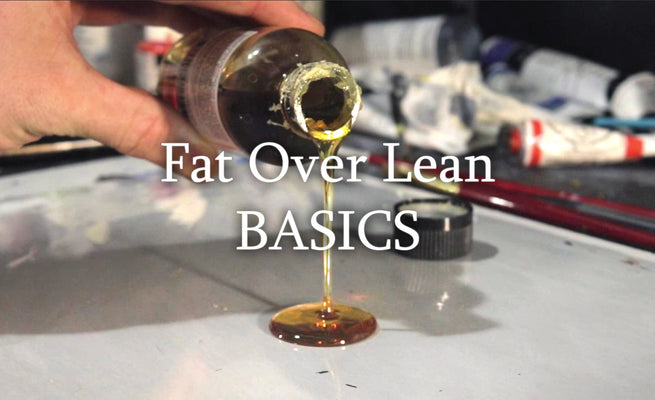As an artist, I know firsthand the eagerness to dive right in and start adding color to a blank canvas. However, as I've grown my craft over the last 20 years, I've come to appreciate the importance of taking the time to create a strong foundation for a painting through underpainting and blocking in. In this article, we'll explore the process of underpainting and blocking in, and why it's a crucial part of the painting process that all artists should consider.

What is an underpainting?
Underpainting is a foundational technique in painting, where the first layer of paint sets the stage for the entire artwork. It's a strategic approach, not just a preliminary step, offering a blueprint for composition, tonal values, and color scheme. This layer, often monochromatic, provides a cohesive foundation, enhancing the luminosity and vibrancy of the colors added later. It's about establishing a color theme that influences the painting's overall tone. For example, a blue-toned underpainting can give a cold feel, ideal for a winter scene, while a yellow tone suits warm landscapes like sunsets.
This method goes beyond aesthetics; it's practical, allowing artists to plan, correct mistakes, and adjust compositions. Underpainting is about exploring color and tonal values, enriching the work with depth and value. It frees artists from the blank canvas's daunting presence, making it easier to sketch and make changes without committing to color. The underpainting can also significantly influence how artist perceives and applies color, affecting the final outcome of the painting.
Underpainting VS Blocking In

I get it, the idea of adding a monotone layer like burnt sienna before adding color to your painting can sometimes feel like a step in the wrong direction. But, the truth is that it's an important step in the process that creates a strong foundation for your painting. A simple block in can also ensure the final product is more visually cohesive. Many artists tend to find it easier to judge value and color if their painting surface does not start with bright white.
This initial layer should be thin and translucent, allowing the light to reflect through it. Once this layer dries is when the underpainting can really begin. This is the time to establish the basic shapes, values, and composition of the painting. The underpainting helps us focus on the values and relationships between the different elements of the painting. Burnt sienna is a popular choice for many artists because of its warmth, quicker dry time, and it's ability to add life to the darker tones in paintings.
Blocking in, on the other hand, is the process of creating a basic outline and establishing color. This stage helps establish the overall color scheme and composition of your painting. My favorite brush to block in with is a larger, angled flat brush. The colors should focus on shape rather than detail and applied in broad manner which gives you a direction with your painting, but more importantly coverage. Until your canvas or panel is covered in paint, it's hard judge your work as a whole. This is why a underpainting is vital for finishing a painting that you're truly happy with.

Reasons Artists Should Consider An Underpainting
If you're still struggling with the idea, think of it like this: underpainting and blocking in build the framework for your painting. Just as a house needs a solid foundation and structure before it can have windows, doors, etc.. Your painting needs a solid base before you start adding detailed color and texture. By taking the time to lay down the foundation, you can work out the composition, overall design, values, and color relationships of your painting before committing to the final details.
Underpaintings and "block in's" allow the painter to effortlessly make changes and corrections. Since the initial layers of paint are thin and translucent, it is easy to make adjustments. These preliminary steps will save you time and materials in the long run. I can't tell you how many times I've painted myself into a corner and struggled to fix my errors. By taking your time in all of this, you can avoid those timely mistakes later on.
Another thing to mention is that this is generally just a great way for any artist to find their personal style and artistic voice. Working through these compositional ideas in a manner similar to sketching will build the relationship you have with your subject matter and how you depict it in your artwork.
Remember though, all of this is an individual preference that will ultimately depend on your personal style and techniques used. It may take some practice and getting used to, but the more you play around with it the more you might enjoy incorporating it into your artwork. Experimenting in how I lay out my underpainting is something I still do to this day. This is the part of the process that I feel helps me develop my visual memory and ability to sketch.

I used to think that I had to paint with many layers to achieve the look I was after in my art. Overtime and through many paintings I've discovered that a well executed underpainting can reduce how many paint layers you need. It makes the rest of the process more enjoyable and easier to navigate.




